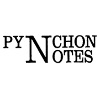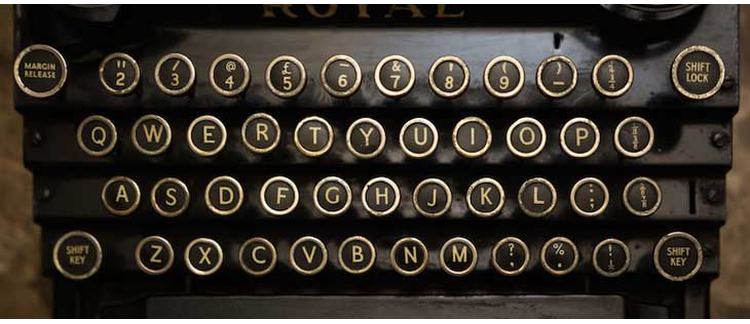Abstract
Much depends on the reader. When, shortly before his death, Tony Tanner described Gravity's Rainbow as "a historical novel of a whole new sort," on his mind may have been not only the subject matter but also the interactions between history and fiction which Pynchon's collaboration with his reader allows. The author does not just tell us what he knows about the Second World War–the temporal and spatial setting for the fictional universe of Gravity's Rainbow–the way a historical novelist of an earlier generation might. In fact, there is a lot about that setting he does not tell us, or, to be precise, does not overtly tell us he is telling us–if we were able to perceive it all, that is. Rather, both the extent to which history is recognized and what role it comes to play in the act of reading are left to the knowledge (or research) of the reader. Whether this history carries a lesson and what that lesson might be also depend on the inclination of the reader. This essay investigates the peculiar interactive and collaborative relation not only between history and fiction in Gravity's Rainbow but also between the authority of Pynchon himself and that of his reader in that juncture between ideas of what is "real" and what is "invented," which terms like history and fiction traditionally suggest. Pynchon assigns different types of characters to the central (rocket) design of the narrative. Some are completely fictional; others are known from history books. Concentrating on one of the latter, Wernher von Braun (1912–1977), this essay seeks to uncover the ability of such a character to move within and outside literary worlds (with the help of the reader) to become "real." It suggests not just how but why this novel achieves such dynamic life for its historical-fictional characters.
How to Cite:
Dalsgaard, I. H., (2002) “Gravity's Rainbow: " A Historical Novel of a Whole New Sort"”, Pynchon Notes , 35-50. doi: https://doi.org/10.16995/pn.69
Downloads:
Download PDF

